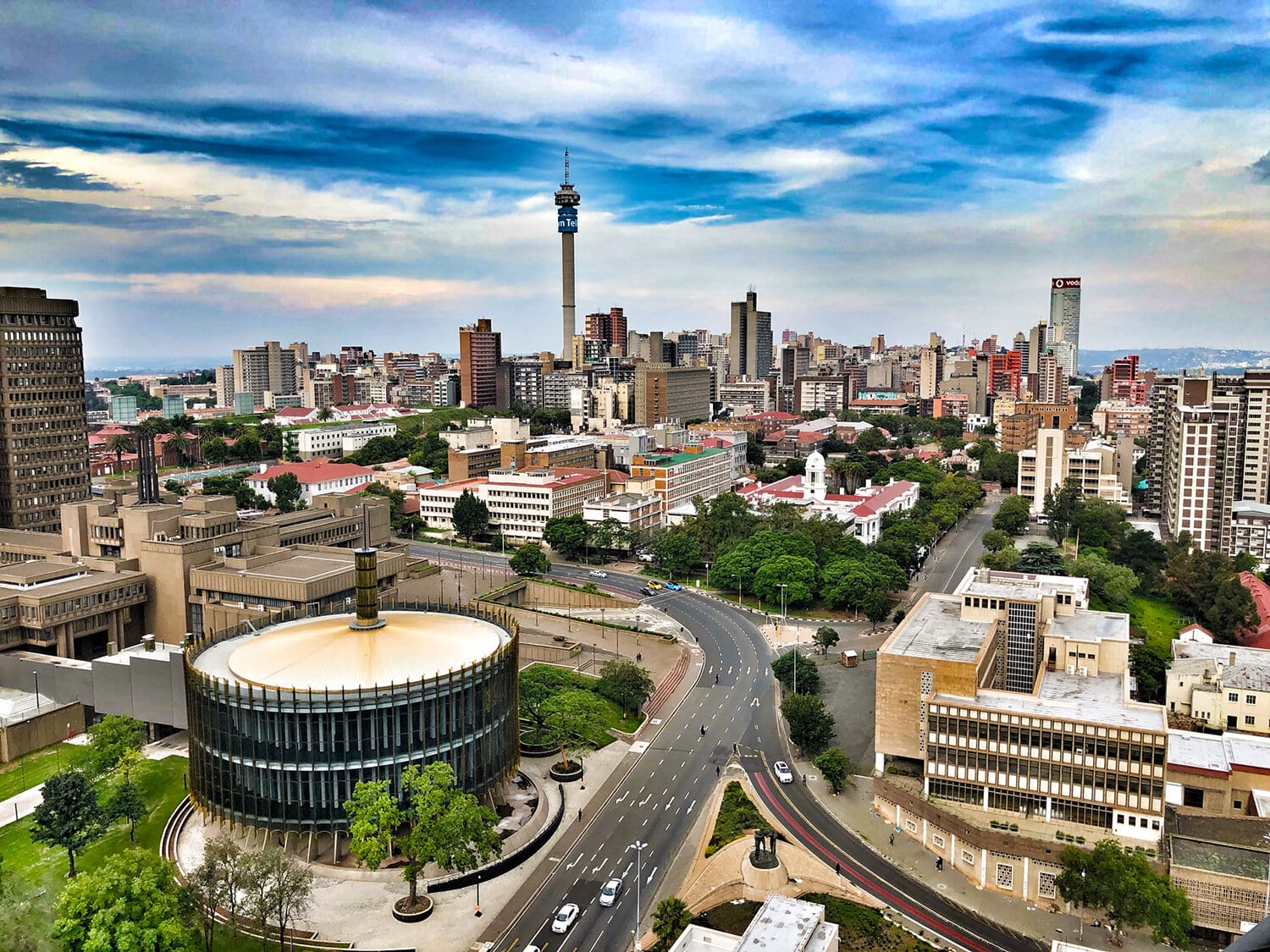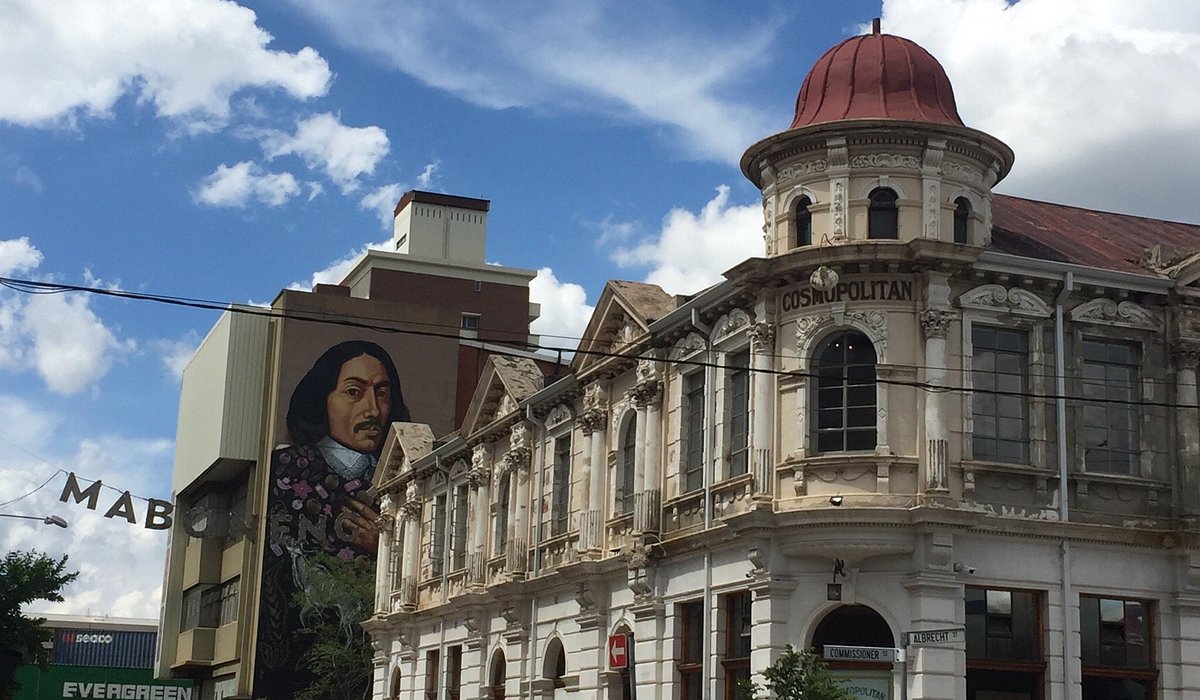The Basic Principles Of Johannesburg North Attractions
The Basic Principles Of Johannesburg North Attractions
Blog Article
Not known Details About Johannesburg North Attractions
Table of ContentsGetting My Johannesburg North Attractions To WorkExcitement About Johannesburg North AttractionsNot known Details About Johannesburg North Attractions Things about Johannesburg North AttractionsMore About Johannesburg North AttractionsFascination About Johannesburg North Attractions
The city expanded on the edge of the Witwatersrand Key Coral reef, a subterranean stratum of gold-bearing quartz-silica empire that arcs for hundreds of miles below the Highveld - Johannesburg North attractions. Many of the gold mines in the city discontinued operation in the 1970s, but in its day the Witwatersrand gold market accounted for even more than 40 percent of the world's yearly gold manufacturing.Johannesburg has a temperate climate. Summertime temperatures average about 75 F (24 C); wintertime temperatures balance concerning 55 F (13 C) and just sometimes dip below freezing. The city appreciates regarding 8 hours of sunshine per day in both wintertime and summer. Rain averages about 28 inches (700 millimetres) per year, yet the overall differs substantially from year to year.
What rain the city gets falls nearly exclusively in the summer season, often in incredible late-afternoon electric tornados. Air pollution positions a considerable problem, particularly in the cold weather, when thermal inversions hinder the westward flow of air from the Indian Sea. Contamination is most extreme in the densely cleared up Black areas on the city's periphery, where several residents still rely upon coal for fuel.

Some Of Johannesburg North Attractions
The balance of the city is inhabited by whites. Holiday accommodation differs in character and high quality.
Physical development, although somewhat restricted by transportation, continued promptly as immigration to South Africa, and Johannesburg in particular, raised dramatically.
The majority of poor suburban areas were mixed, with poor blacks and whites living together, although the wealthy suburban areas were generally reserved for whites. This altered with the political election of the National Event in the 1948 elections, who started to formalise the system known as apartheid. Racism formally assigned which residential areas each race can stay in under the Team Locations Act.
The previous system of eleven numbered regions was reorganised in 2006. Marshalltown, as seen from the top of the Carlton Centre. The M1 and M2 run behind the buildings, and the southern suburbs prolong past the highway limit. The central city of Johannesburg is located within the city's Region F. The approximated populace of the area is 200,000, [] The number of individuals living in the inner city on an informal basis is unknown, as lots of are unlawful immigrants. A lot of higher-income citizens and white individuals have relocated to the north residential areas and have actually been replaced by lower-income black people. The unemployment, education and learning, and age accounts of the location are all unknown, due to the difficulty of obtaining trustworthy details concerning the area.
Getting My Johannesburg North Attractions To Work
Yeoville and Bellevue have a mix of apartment buildings and solitary household units on tiny great deals. The region is located on a hilly divide that runs from eastern to west.

Some Known Details About Johannesburg North Attractions
R. Tambo International Flight Terminal). The eastern suburbs are a few of the her latest blog oldest locations of Johannesburg, there are big neighborhoods of Jewish and other European backgrounds, the bulk of the population is English talking. There are 3 fairway in addition to a variety of safeguarded ridges with viewsites. There are numerous strong and up-market home entertainment and purchasing locations in the east such as the Eastgate Mall and the Greenstone shopping center.
Initially developed to house male migrant employees, numerous have been improved as homes for couples and households. The residential area was not traditionally allowed to develop employment centres within the location, so virtually all of its citizens are travelers to various read here other components of the city.
Rumored Buzz on Johannesburg North Attractions
The residential areas in the north suburban areas are primarily formal, with no significant locations of informal housing, or real estate that lacks a long-term framework. Discover More This is a recognized area, there is a trend of land use modification from property to industrial, particularly along primary arterial roadways and around well-known nodes.
Roads to the eastern and west are less well created, as there are no freeways travelling in that instructions. In the direction of the northern border of the city, the density of growth lowers, leaving big locations of primitive land around Midrand.
What Does Johannesburg North Attractions Mean?
The first residential area to the north of the central city is Parktown, which lies on a hill neglecting the central city and Hillbrow. It has several wealthy citizens and Edwardian-style manors, as well as the Education and Medical universities of the University of the Witwatersrand. The huge concrete Charlotte Maxeke Johannesburg Academic Hospital controls the skyline of Parktown.
Report this page